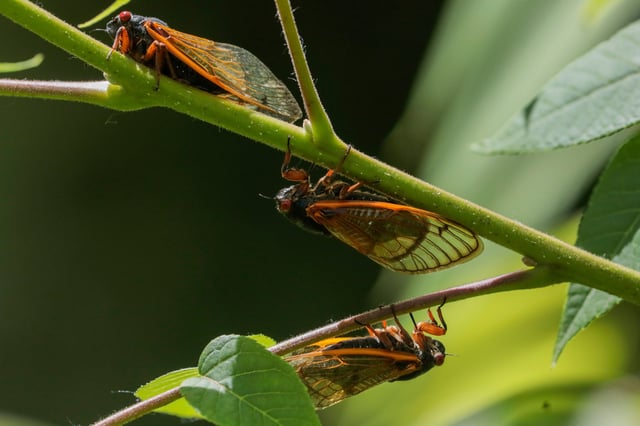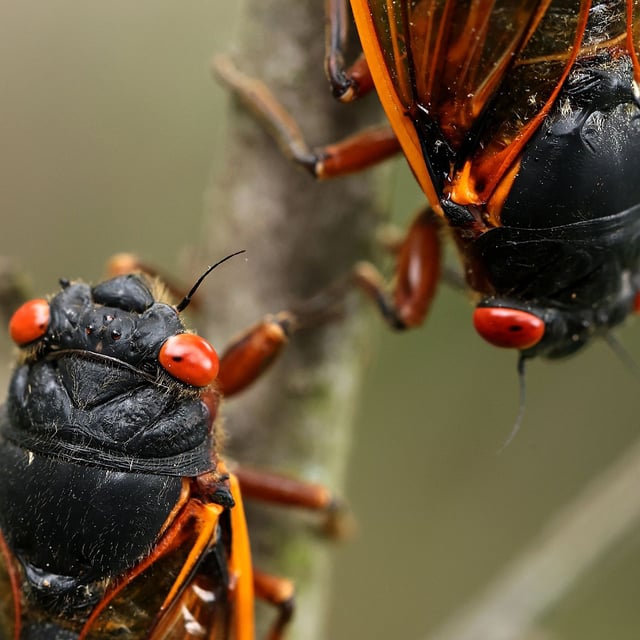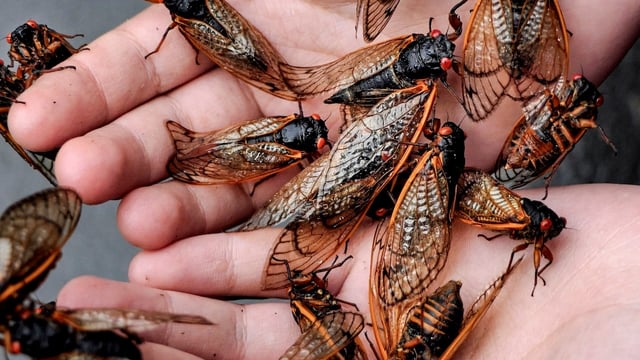Overview
- The simultaneous emergence of the 13-year and 17-year cicada cycles is reshaping food chains and boosting bird populations across the Midwest and Southeast.
- Cicadas' mass appearance is a survival strategy, overwhelming predators and ensuring enough survive to reproduce.
- This natural phenomenon is causing a temporary decrease in bird predation on other species, like caterpillars, leading to noticeable ecological shifts.
- Researchers are intrigued by the possibility of interbreeding between the two broods, with results that won't be known for years.
- After their death, cicada bodies enrich the soil, contributing to forest health and supporting a cycle of regrowth.


